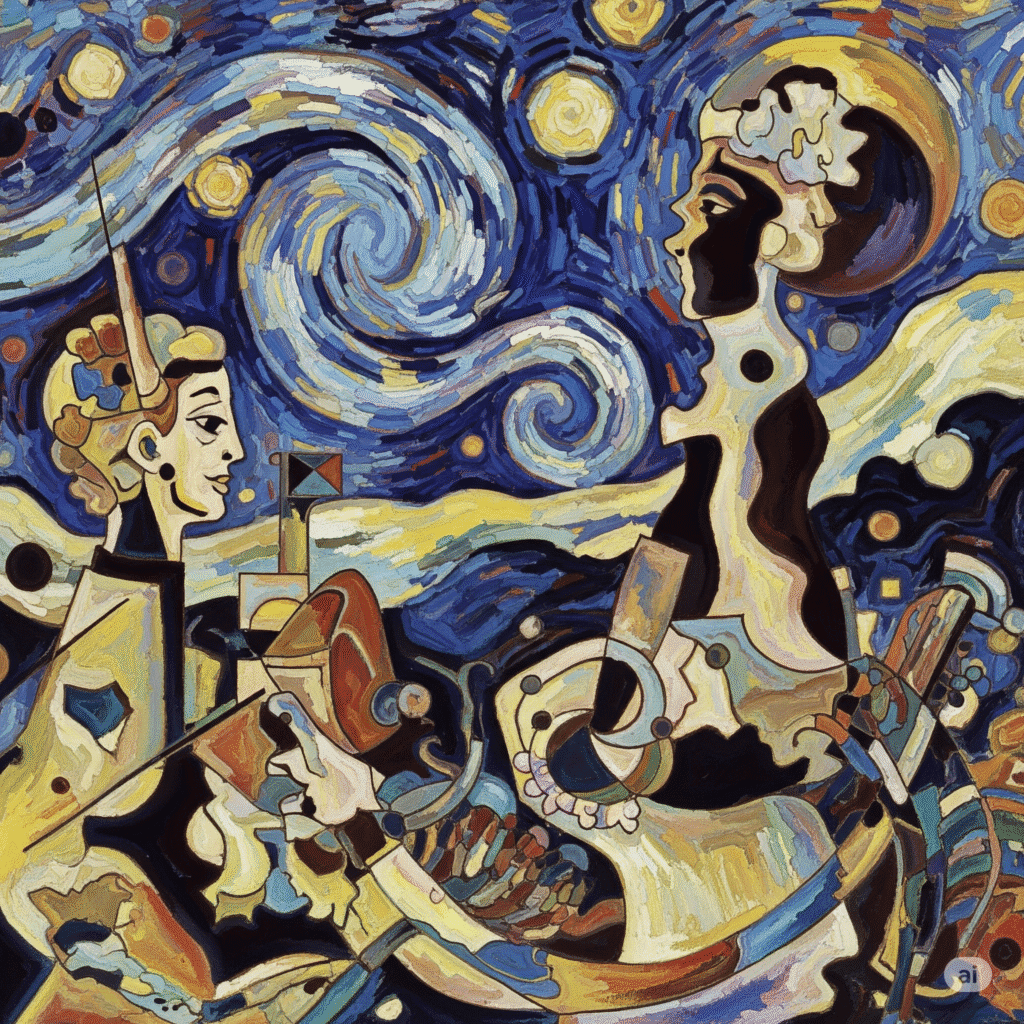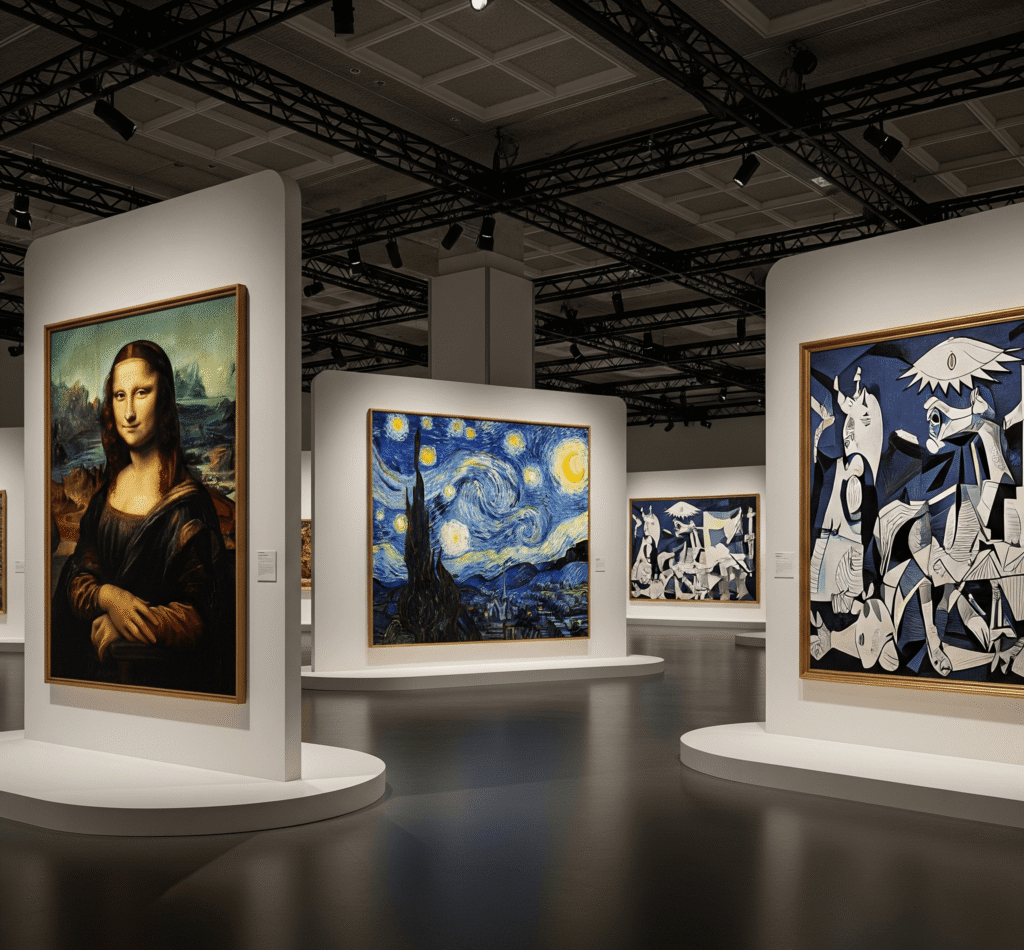Role of Women in Art History: A Deep Dive
Introduction
Throughout centuries, women have contributed profoundly to the world of art—yet their names often remain overshadowed by their male counterparts. The role of women in art history is both complex and powerful, marked by resilience, talent, and an unwavering passion for creativity. From ancient times to the modern day, women have challenged norms, broken barriers, and created masterpieces that have shaped the evolution of artistic expression.
In this blog post, we take a deep dive into the legacy, struggles, and triumphs of women artists across the ages.
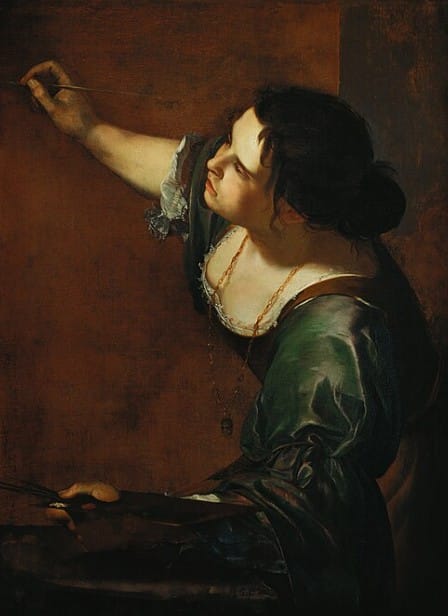
by Artemisia Gentileschi
The Invisible Creators: Women in Ancient and Medieval Art
In ancient civilizations such as Egypt, Mesopotamia, and Greece, artistic endeavors were often dominated by men, especially in the public and ceremonial spheres. However, women played significant roles behind the scenes. Egyptian tombs reference female painters and artisans, though few names survive.
In the medieval era, art was largely religious, and monasteries were centers of creation. Female monastics, particularly in Europe, contributed illuminated manuscripts, textiles, and devotional objects. One notable example is Hildegard of Bingen, a 12th-century abbess, composer, and visionary artist who defied expectations and left an intellectual and artistic legacy that is still studied today.
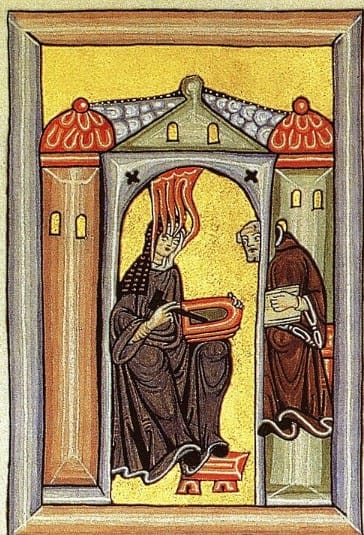
Renaissance to Enlightenment: Emerging Voices in the Shadows
The Renaissance heralded a revival in artistic innovation. However, societal structures limited access to formal training for women. Artistic education required access to anatomy classes, nude models, and apprenticeships, all considered inappropriate for women.
Yet, some broke through these barriers. Artemisia Gentileschi, one of the most prominent painters of the Baroque era, is celebrated for her powerful depictions of women from biblical and mythological stories. Her painting Judith Slaying Holofernes is a brutal yet brilliant assertion of female strength.
Other notable women include:
- Sofonisba Anguissola (Italy) – renowned for her portraits and admired by Michelangelo
- Judith Leyster (Netherlands) – a talented genre painter in the Dutch Golden Age
- Elisabeth Vigée Le Brun (France) – portraitist to Marie Antoinette, defied the French Revolution with her artistry
These women faced institutional barriers, yet their talent and tenacity earned them patronage and fame in their lifetimes.
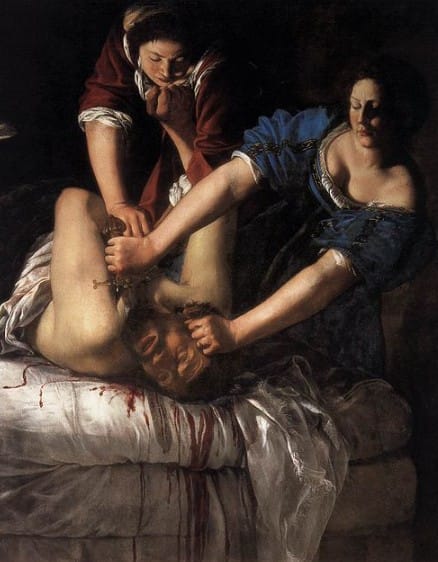
19th Century: Feminism Meets the Canvas
The 19th century saw the rise of organized feminism and the push for access to art academies, galleries, and exhibitions. However, women artists were still largely excluded from major institutions.
Berthe Morisot and Mary Cassatt emerged as trailblazers of Impressionism, breaking the mold of feminine decorum and embracing loose brushstrokes, modern life, and intimate domestic scenes.
This era also witnessed:
- Rosa Bonheur, who wore trousers to attend horse fairs for her animal paintings
- Emily Mary Osborn, whose painting Nameless and Friendless commented on gendered limitations in art markets
- The emergence of female art collectives in Europe and America advocating for greater visibility and representation
These women fought for the right to be seen—not just as muses or models—but as creators with independent voices.
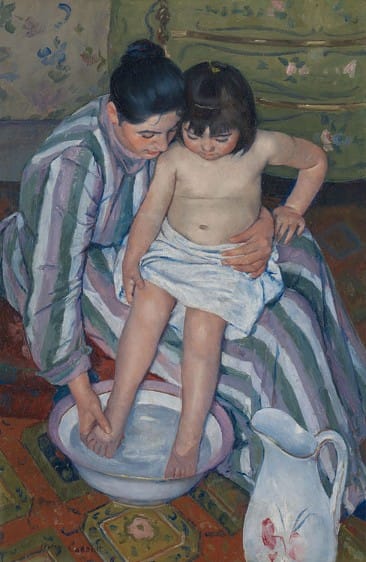
20th Century: Revolution, Modernism, and Identity
The 20th century was a turning point for women in art history. Artistic innovation exploded and so did the assertion of identity, politics, and rebellion through visual media.
Georgia O’Keeffe, known for her abstracted floral forms and Southwestern landscapes, became an icon of American modernism.
Frida Kahlo, with her raw, emotional self-portraits, became a symbol of intersectional feminism, disability rights, and indigenous pride.
Other significant figures include:
- Leonora Carrington – surrealist painter and writer
- Barbara Hepworth – pioneering abstract sculptor in Britain
- Louise Bourgeois – whose haunting installations explored family, trauma, and femininity
As modernism evolved, so did the mediums: performance, video, conceptual art—all embraced by artists like Yoko Ono, Ana Mendieta, and Carolee Schneemann, who challenged gender norms and expanded the very definition of art.
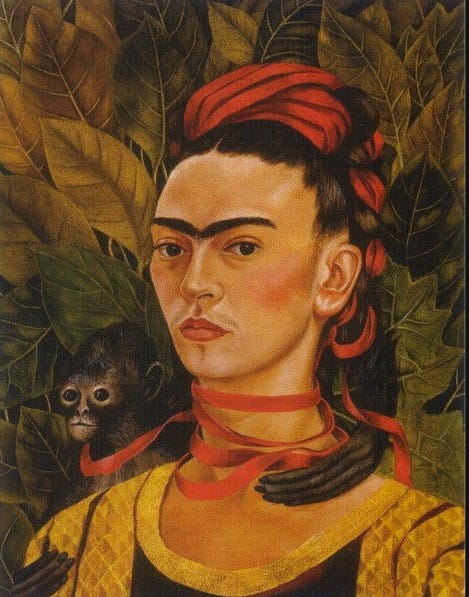
Contemporary Women Artists: Expanding the Horizon
In the 21st century, women artists have redefined the global art scene. Yayoi Kusama’s infinity rooms captivate audiences worldwide, while Tracey Emin’s confessional works evoke vulnerability and strength.
Notable contemporary artists include:
- Kara Walker – whose silhouettes confront racial and historical trauma
- Cindy Sherman – challenging identity and the gaze through photography
- Shirin Neshat – exploring Muslim female identity in Iranian culture
- Zarina Hashmi and Bharti Kher – leading voices from South Asia in conceptual and mixed media art
Despite progress, disparities persist. Women remain underrepresented in galleries, museums, and auction houses. According to a 2022 study, only about 14% of art sold at auctions worldwide is by women artists.
Platforms like Iskuss strive to bridge this gap by showcasing diverse, high-value artworks, including those created by underrepresented voices around the world.
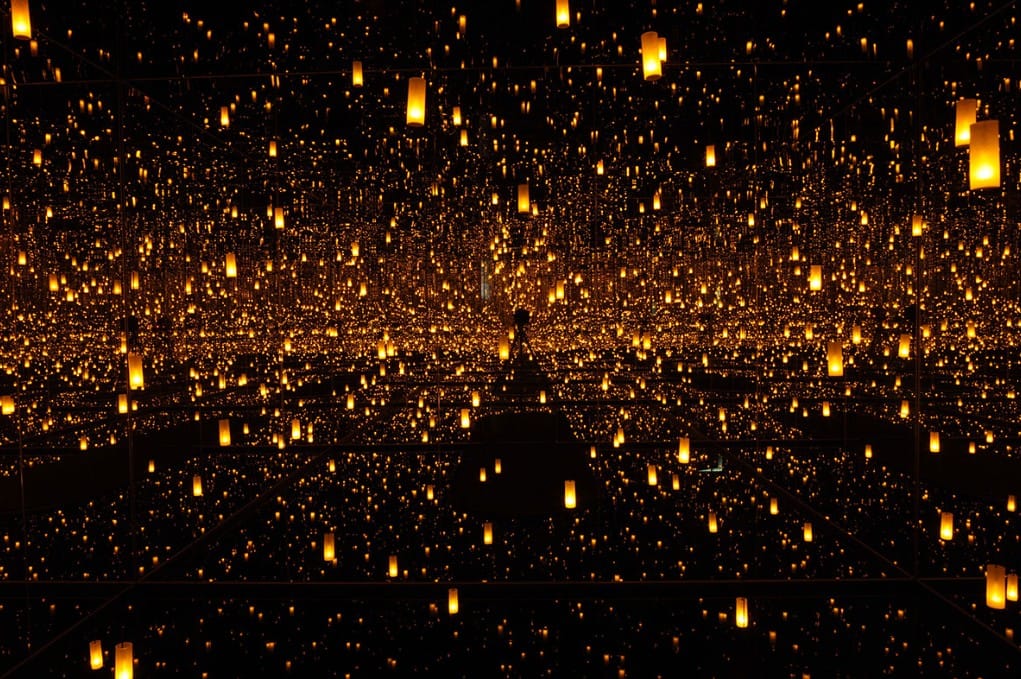
Challenges That Remain
While we’ve come far from the invisibility of ancient female artists, structural challenges still remain. These include:
- Gender pay gap in the art market
- Underrepresentation in major museums and biennales
- Cultural stereotyping of women’s art as “decorative” or “domestic”
- Lack of support in non-Western countries for women artists
Tackling these challenges requires more than recognition. It requires active curatorial support, institutional reform, and collective patronage. Public awareness campaigns, academic studies, and social media movements like #5WomenArtists are helping shift the narrative.
Celebrating Women in Art History: The Future Ahead
The trajectory of women in art history is not a linear ascent but a series of radical ruptures, breakthroughs, and powerful reassertions. From prehistoric cave paintings to digital installations, women have not only been artists but visionaries, leaders, rebels, and educators.
Today, educational platforms, online galleries, and independent curators are actively highlighting women’s contributions. Websites like National Museum of Women in the Arts serve as vital hubs for advocacy and scholarship.
The next step is integration—not creating a separate “female” canon, but weaving women artists into the broader historical fabric. Because the history of art is incomplete without them.
Conclusion
Women have always created. Whether through ancient pottery, Baroque masterpieces, or postmodern installations, their art carries the weight of generations and the fire of individuality. Recognizing and celebrating their contributions isn’t just about justice—it’s about completing the picture of human creativity.
As we continue to champion equality, may we never forget the artists who dared to paint, sculpt, write, and imagine in the face of adversity. Let their legacy inspire a future where all creators are seen, valued, and remembered.
